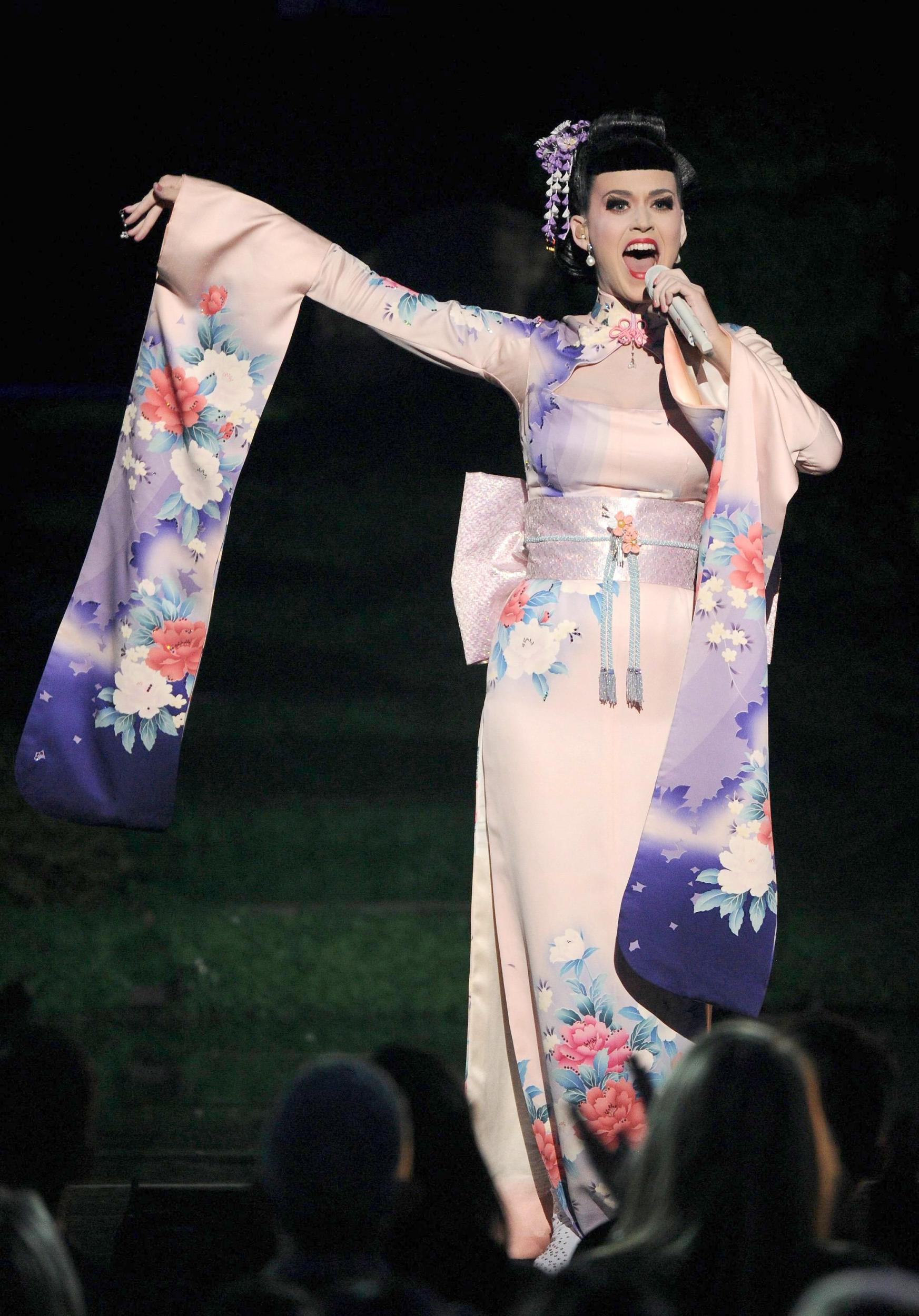Cultural appropriation: When does appreciation cross the line?
'The fashion industry and western ideas of dressing up and fancy dress are functions of our colonial and imperial pasts – there is no getting away from it'

Your support helps us to tell the story
From reproductive rights to climate change to Big Tech, The Independent is on the ground when the story is developing. Whether it's investigating the financials of Elon Musk's pro-Trump PAC or producing our latest documentary, 'The A Word', which shines a light on the American women fighting for reproductive rights, we know how important it is to parse out the facts from the messaging.
At such a critical moment in US history, we need reporters on the ground. Your donation allows us to keep sending journalists to speak to both sides of the story.
The Independent is trusted by Americans across the entire political spectrum. And unlike many other quality news outlets, we choose not to lock Americans out of our reporting and analysis with paywalls. We believe quality journalism should be available to everyone, paid for by those who can afford it.
Your support makes all the difference.Nowadays, it seems like not a day goes by without cultural appropriation hitting the headlines.
If it isn’t a fashion designer’s mishap with a new line it’s a group of students’ ill-judged party theme.
And while some people claim calls of cultural appropriation is “political correctness gone too far”, for many others, it’s very real and very serious.
So what is the difference between appreciation and appropriation?
In recent years, there has been a spate of high profile cases of well-respected figures in the fashion industry getting it, well, wrong.
Earlier this year, Gucci was criticised for putting turbans on white models. Many Sikhs condemned the move as a huge sign of disrespect, pointing out that the turban is a symbol of faith not a fashion accessory.
In 2017, Victoria’s Secret came under fire for putting a native American style headdress on one of their models, and luxury fashion label Chanel was criticised for “stealing” Aboriginal culture when it revealed a £1,100 boomerang as part of its S/S17 collection.
A similar furore came about in 2016 after Marc Jacobs used dreadlocks on mainly white models - the designer responded: “[To] all who cry ‘cultural appropriation’ or whatever nonsense about any race or skin colour wearing their hair in any particular style or manner – funny how you don’t criticise women of colour for straightening their hair.” He later apologised.
But this is the argument many people use to defend themselves as they lament that they can no longer wear hoop earrings, put their hair in braids, wear headdresses, henna or bindis as fashion statements - Beyoncé, Selena Gomez and Katy Perry have all got into trouble for wearing henna, bindis and dressing up as a geisha respectively.

But herein lies the problem: it’s when culturally significant items are appropriated for fashion rather than as a celebration of that culture.
This is why there was so much backlash recently to the University of Bristol students who threw a “Night of the Raj”-themed party, but it’s acceptable to wear a sari if you’re going to an Indian wedding.
When it comes to cultural appropriation, it’s not really a black-and-white issue, and according to Dr Royce Mahawatte, Senior Lecturer in Cultural Studies at Central St Martins, trying to “draw a line” is problematic in itself: “It creates a victim complex in people who have not accepted that [...] British and American exceptionalism is over and that white supremacy in culture is being robustly challenged – especially in an age of social media,” he explained to The Independent.
“Actually, there is no ‘line’ really, nobody is stopping designers from doing anything – cultural appropriation stories are now a part of the fashion media cycle.
“If a group of Bristol students want to pretend that they are the British Raj for one night, without knowing or caring (it is hard to work out which) how India came under British rule, and actually how dress played a part in the oppression of Indian people, then I would think that the present must really be a terrifying place for these students to be living in.”
Of course this isn’t to say that only Germans and Austrians can ever wear Lederhosen and British people are consigned to dressing like Morris dancers, but there is a gradual realisation that there is a need for more sensitivity around race.
“Racism is reflected in the way that dress is understood,” Dr Mahawatte says. “Non-white women have been historically oppressed and their fashions and markers of identity have played a part in this.
“Racism is structural here, black people have their employment rights limited by employers drawing on white raced standards of beauty as a tool of subjugation. Though we may laugh along with girls in Dirndls serving Jägerbombs, German traditional costume was never used to oppress Germanic people through institutional prejudice.”
This is why a teenager recently prompted a debate around “casual racism” after she wore a traditional Chinese dress for her prom.
“The underlying issue here is that the fashion industry and western ideas of dressing up and fancy dress are functions of our colonial and imperial pasts – there is no getting away from it,” Dr Mahawatte explains.
“From the way that clothes are manufactured and consumed, to the way that they are promoted and even experienced, fashion continues in theme and image what violent colonialism started.
“Our mainstream culture does not really know how to handle this and in an age of digital media - we have a perfect storm.”
Dr Mahawatte believes that structural racism is advanced by dress, and we still have a lot to work on in this area.
“Rather than drawing a line we can look at the innovation that young designers, image makers and fashion writers, many of whom are non-white are bringing to the scene,” he says. “If individuals want to wear clothes that knowingly hark back to colonial oppression, no-one will stop them but they might expect to be asked about what they were thinking.”
Join our commenting forum
Join thought-provoking conversations, follow other Independent readers and see their replies
Comments